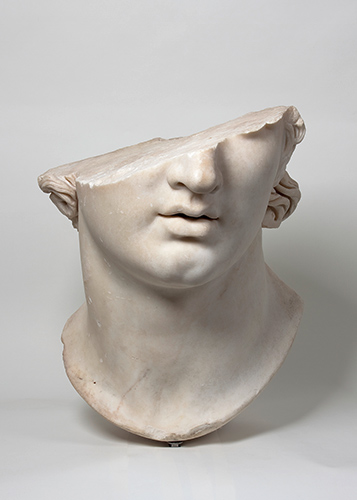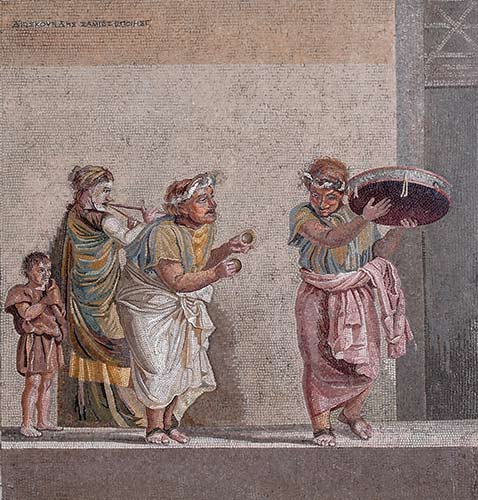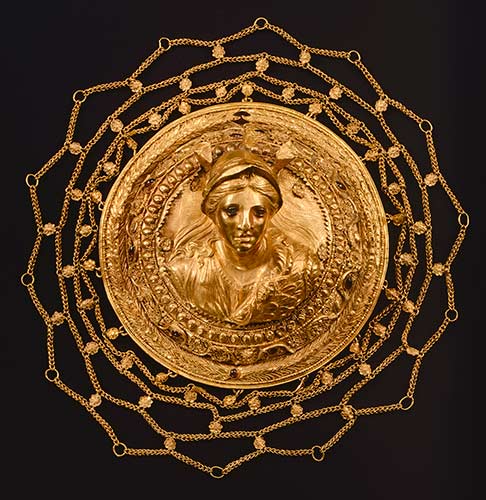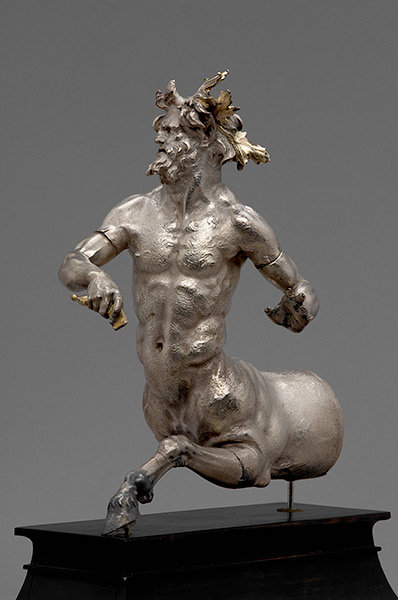So often one speaks of “classicism” and “the academic tradition” in art — especially painting and sculpture. Shall we take a moment to celebrate one of the sources of this cultural and artistic heritage? The Metropolitan Museum answers, “Yes.”
After his father, Philip II of Macedonia, conquered the Aegean, Alexander the Great took great pride in continuing Philip’s campaign to unite the western world. Although Alexander ruled for only a brief time, he was able to capture his prize, spreading classical Greek ideas, arts, language, and philosophy across the entire Mediterranean.

Fragmentary Colossal Head of a Youth, Greek, 2nd century BCE, marble, 22 7/8 in. (c) Staatliche Museen zu Berlin 2016
The culture that resulted from this unification, called Hellenistic, spawned the term cosmopolitan — or “world citizen.” Trade and cultural exchanged flourished, which also resulted in a wealth of artistic production that was a synthesis of numerous civilizations, though most prominently Grecian.

Mosaic Embléma with Itinerant Musicians, Roman, 2nd century BCE, 18 7/8 x 18 1/8 in.
(c) Museo Archeologico Nazionale, Naples 2016
Featuring some 264 artworks from this dynamic period of history, “Pergamon and the Hellenistic Kingdoms of the Ancient World” is an awesome opportunity to witness firsthand ancient artistic production with a distinct classical flavor. On view now through July 17 at The Metropolitan Museum of Art in New York City, the exhibition draws particular focus to Pergamon, one of the wealthiest of the Hellenistic Kingdoms. Artistically, Pergamon is known for the dramatic relief sculptures on its “Altar of Zeus” — which stylistically draws heavily on the Parthenon frieze.

Hair Ornament with Bust of Athena, 2nd century BCE, gold, 4 in. (c) Benaki Museum, Athens 2016
This exhibition, however, highlights an abundance of additional objects from Pergamon, including marbles, bronzes, terracotta sculptures, jewelry, glass vessels, and much more. As the museum writes, “This is the first time in the United States that a major international loan exhibition will focus on the astonishing wealth, outstanding artistry, and technical achievements of the Hellenistic period.”
To learn more, visit The Metropolitan Museum of Art.
This article was featured in Fine Art Today, a weekly e-newsletter from Fine Art Connoisseur magazine. To start receiving Fine Art Today for free, click here.







